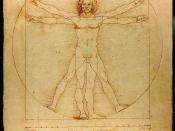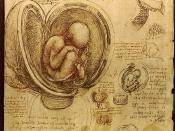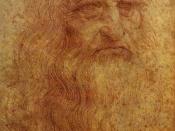Since Prehistoric times, humankind has aspired to create drawings that represent emotion and an acute point of view of the world around them. The commencement of art began on cave walls which still remain today in Lascaux, France and Altamira, Spain. Eventually the urges to draw and create art evolved from cave walls to paintings on paper and elaborate sculptures of marble. Each period of art shows the development and the growth of artistic styles and techniques and results in the characteristics that make that era recognizable and important. More and more Greek elements were showing, a return to a more classical look. Engravings, mosaics, and pottery were very popular and were being made by more and more artists. Columns were returning their Greek look to buildings, as were Hellenistic sculptures. Neoclassic was a return to purity of the arts in Rome, a return to 16th century renaissance classicism. This meant sharp colors (Chiaroscuro), friezes and frescos.
The subject matter came from classical history and mythology. The second wave of Neoclassic really hit when the Napoleonic Empire took power.
The art work from the 1400's to the 1600's showed a drastic change after 1520 when Mannerism was brought about. After a while the Mannerist style was known to not be such a good thing. People saw the paintings as not classical and distorted or out of proportion. Mannerism seemed to coincide with a period of political and religious unrest which lead to and age of anxiety and crisis where the clarity and confidence of the High Renaissance was lost. Leonardo da Vinci, Raphael, and Parmigianino show some differences in Renaissance and Mannerism with their works of art of the Madonna.
Leonardo da Vinci's Madonna of the Rocks was painted in 1483 at the time of the High Renaissance. Everything is...


